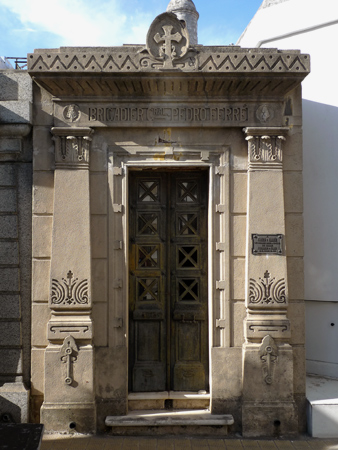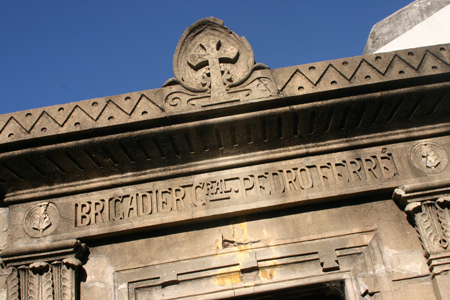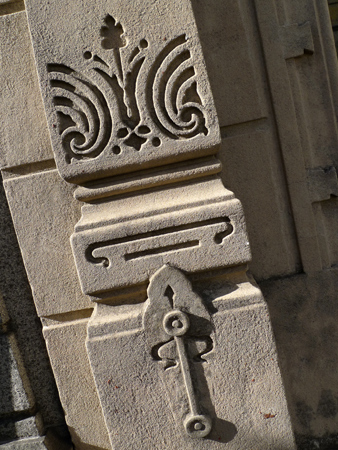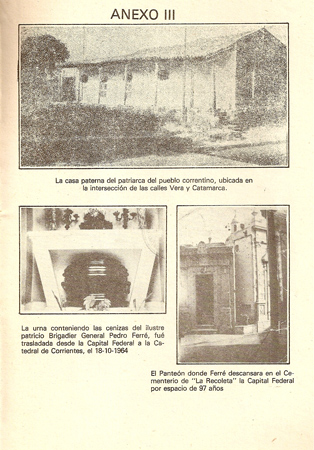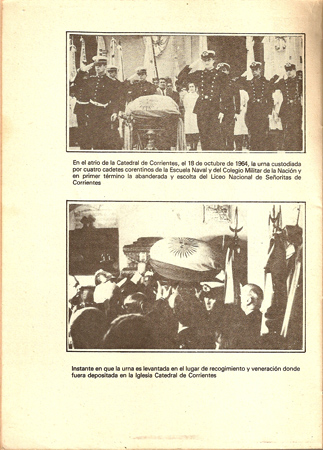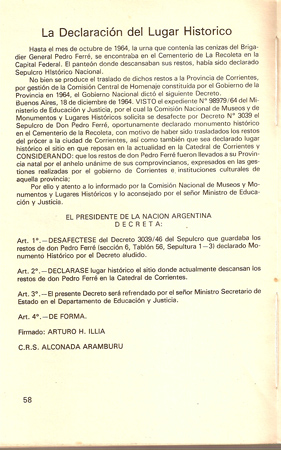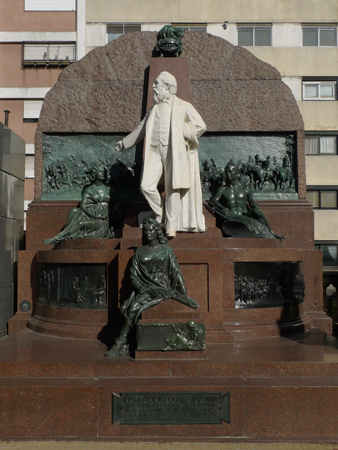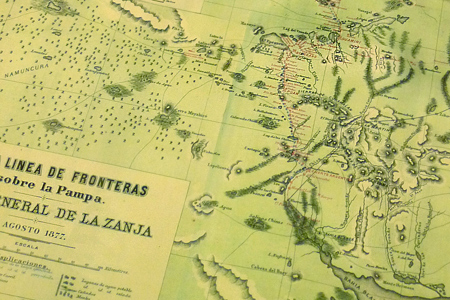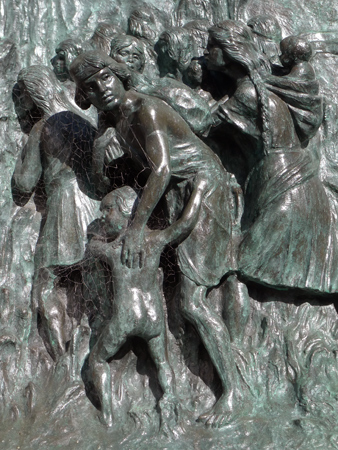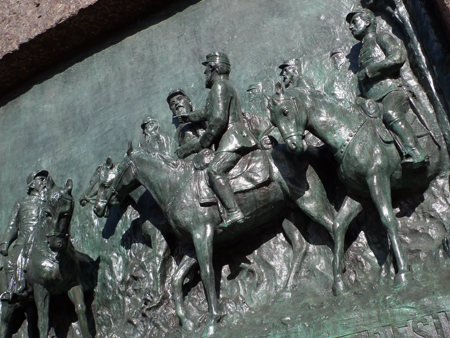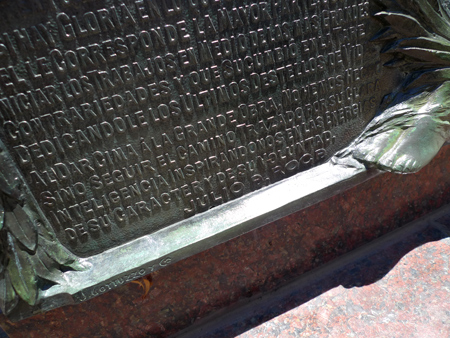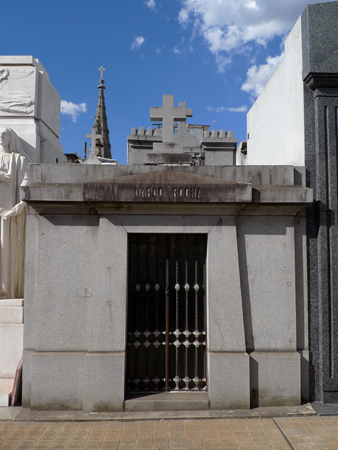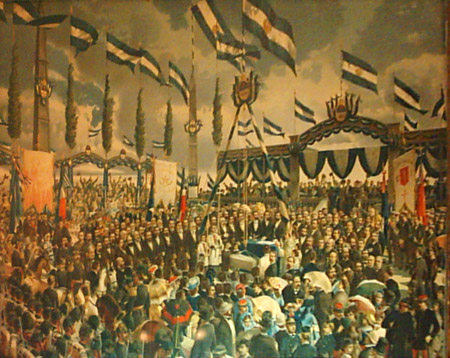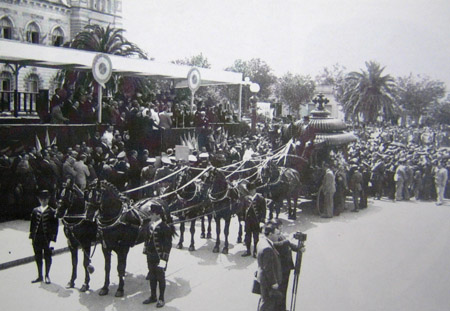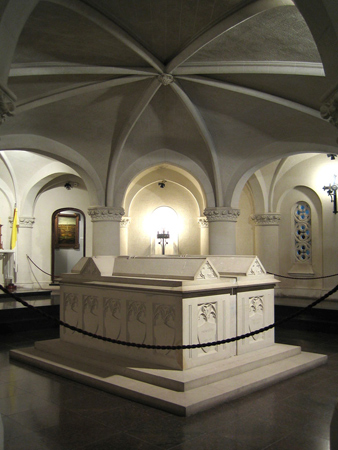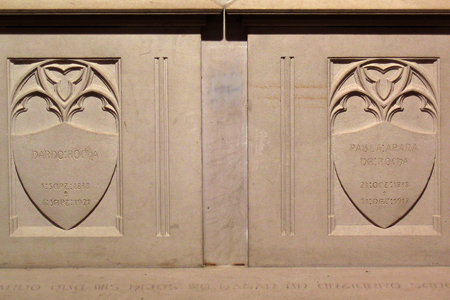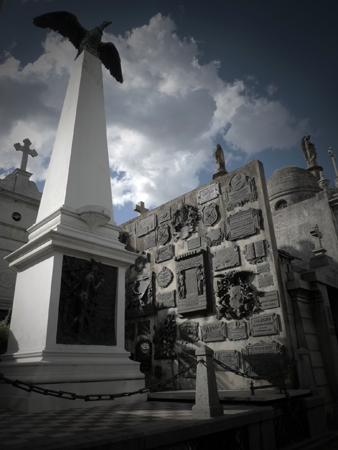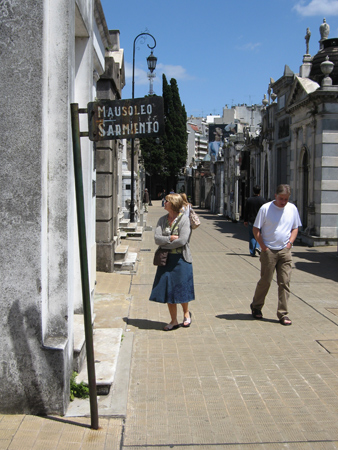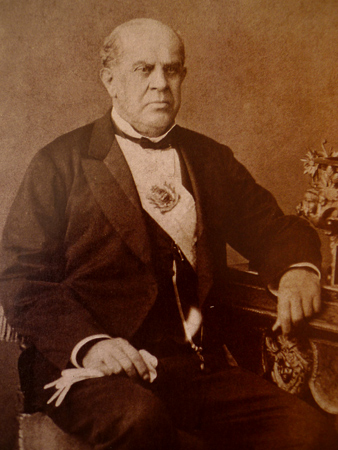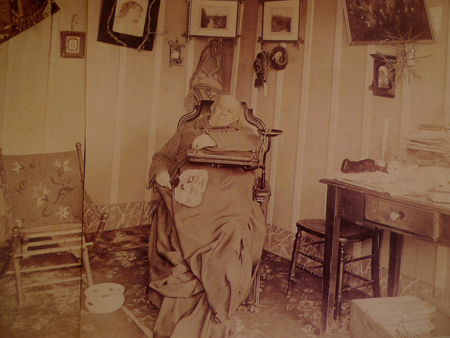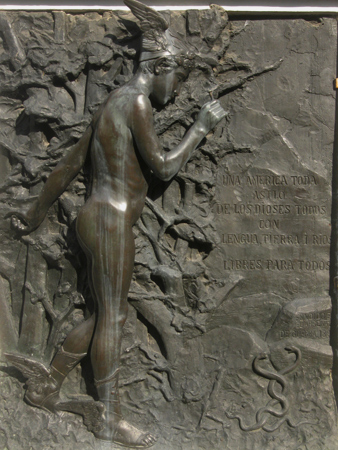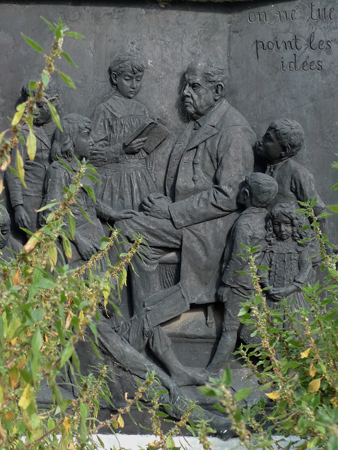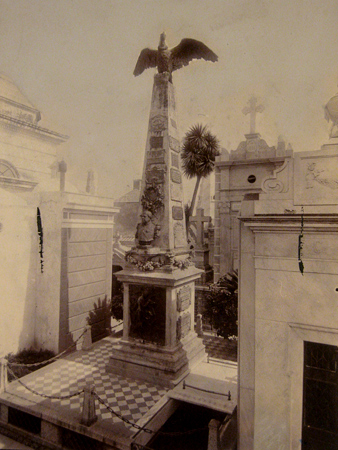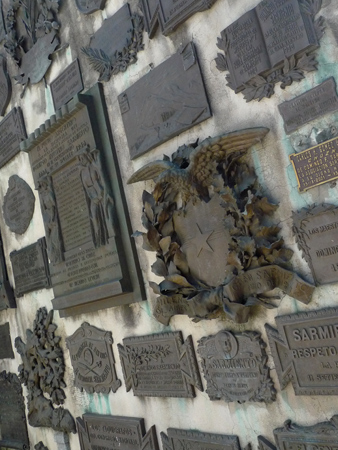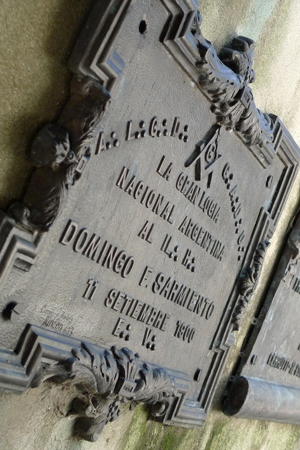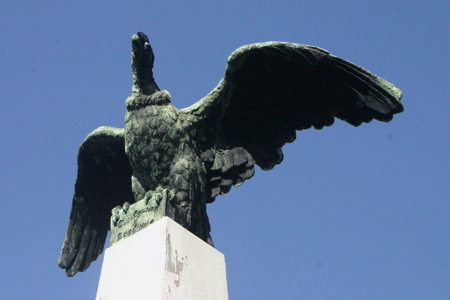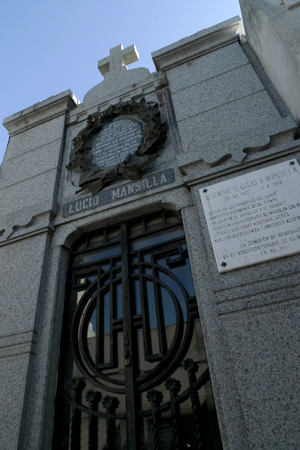
Lucio Victorio Mansilla was, like Ascasubi, a man whose life could have been a novel. Mansilla embodied the Romantic character: military man, writer, traveler, bon vivant.
Mansilla was born in Buenos Aires in 1831… son of Coronel Lucio Mansilla & Agustina Rozas, sister of Juan Manuel de Rosas, who they called “the star of the Federation.” As a teenager, his parents sent him on a trip to Asia, the Middle East & Europe in order to discourage a love “that was not to his convenience.” Young Lucio traveled through India, Egypt & Turkey as well as France, Italy & England. Those travels would later become material for future works of literature.
After the fall of Rosas, Mansilla’s family moved to France for a year. Lucio married his cousin, Catalina Ortiz de Rosas y Almada, after their return. He challenged José Mármol to a duel in 1856, thinking that the writer had offended his father in the novel “Amália.” The future author was exiled for three years & later sent to fight in the war against Paraguay:
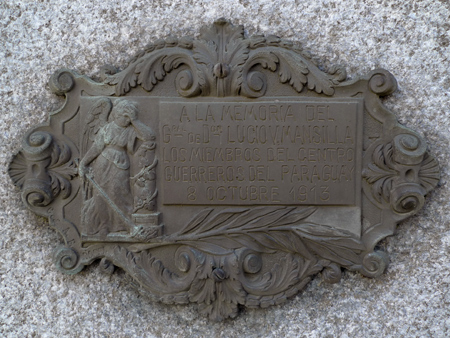
In 1868 Mansilla supported Sarmiento in his bid for President, who later designated him as frontier commander in Río IV, Córdoba. From there, he embarked on a journey south to defend a peace treaty with the ranquel/rankülche tribe. Mansilla spent 18 days with them & wrote his experiences down to be published in the “La Tribuna” newspaper. His style was colloquial & included many stories, even those told by the campfire. They were published together as “A Visit to the Ranquel Indians,” one of the most striking works of Argentine literature.
Below is an 1868 photo of Mansilla (center, wearing a cape) in what is now Plaza Roca in Río IV… two years before leaving for ranquel territory:
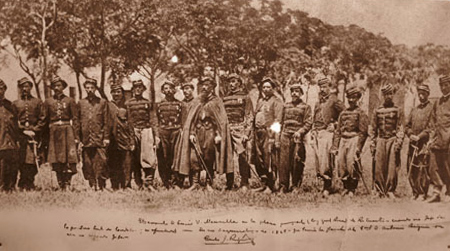
From 1876 until his 1913 death in Paris, Mansilla occupied a large number of political positions & published a number of books. But the most important experience of his life—living through & telling his time among the indigenous people of Argentina—had already passed. Mansilla rests in peace in the family vault with his mother & father, & this vault was declared a National Historic Monument in 1946:
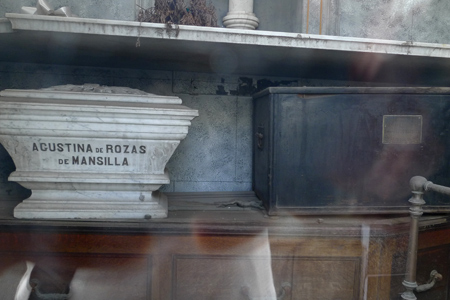
Update (29 Aug 2012): Interestingly, David William Foster of Arizona State University considers Mansilla’s tales of the ranqueles as “one of the great classics of nineteenth-century Argentine prose, ranking perhaps only behind Sarmiento’s Facundo.” More info can be found here.
Photo of Mansilla in Río IV courtesy of the area’s Regional Historic Museum.
4 Comments